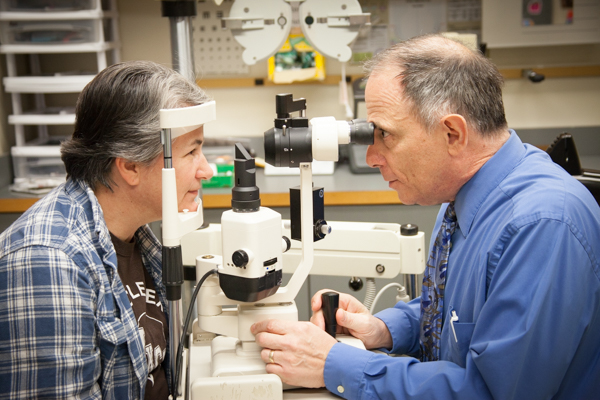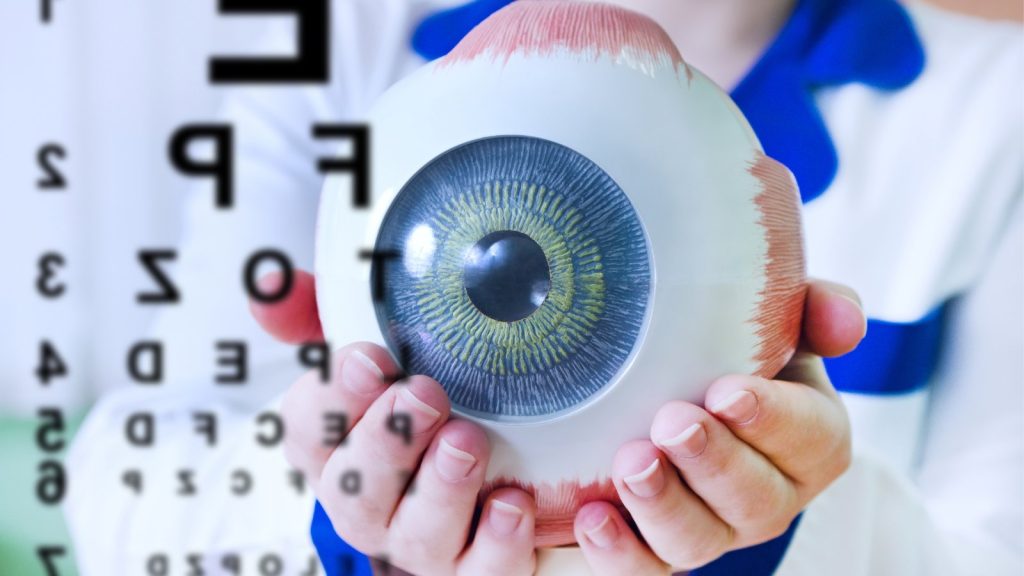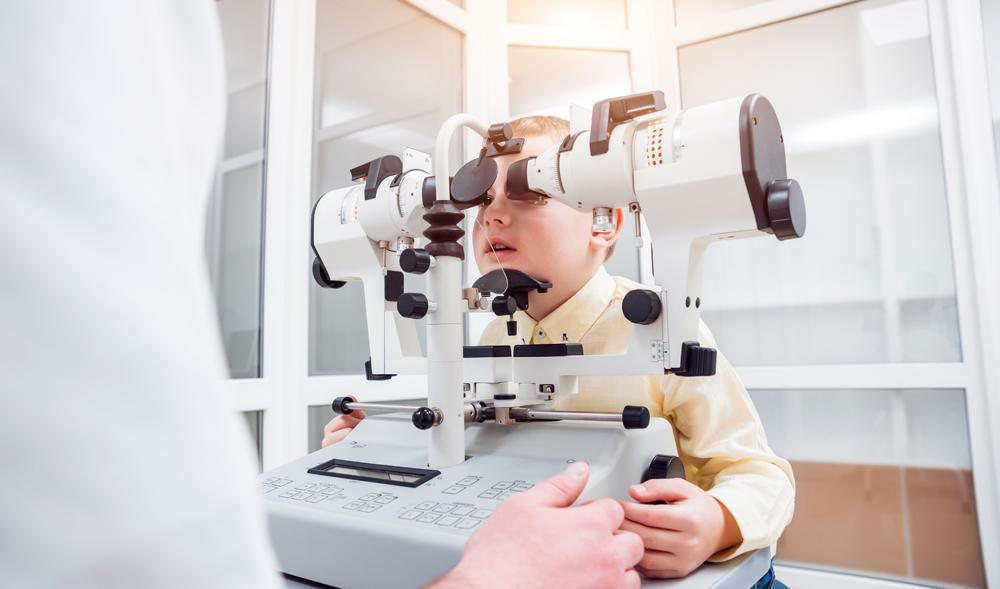Discovering the Cutting-Edge Technologies Made Use Of for Vision Modification
In the ever-evolving landscape of vision adjustment technologies, a world where innovation and accuracy assemble, a myriad of cutting-edge innovations have improved the possibilities for boosting visual skill. From the intricate realm of innovative laser procedures to the world of expert system applications and gene treatment innovations, the field remains to push limits and redefine what was once believed to be unattainable. With each technology comes the potential to reinvent just how we perceive and deal with vision-related obstacles, supplying a tantalizing glimpse into a future where clearness and accuracy reign supreme.
Advanced Laser Treatments

An additional innovative laser procedure gaining popularity is PRK (Photorefractive Keratectomy) This method includes eliminating the external layer of the cornea prior to improving it with a laser. While the recovery time for PRK is much longer contrasted to LASIK, it can be a better option for individuals with thin corneas or other corneal irregularities. Both LASIK and PRK have high success rates in improving vision and are considered risk-free and trusted approaches for vision improvement.

Implantable Gadgets Advancement
Innovations in implantable gadgets are improving the landscape of vision improvement, offering new opportunities for people looking for irreversible solutions to refractive errors. These advanced gadgets, such as phakic intraocular lenses (IOLs) and implantable collamer lenses (ICLs), are made to deal with a large range of refractive errors, including myopia, hyperopia, and astigmatism. Unlike conventional glasses or get in touch with lenses, implantable gadgets offer a more permanent option by being put inside the eye to remedy vision.

Wavefront Innovation Enhancements
The advancement of wavefront technology in vision adjustment has transformed the accuracy and modification of refractive treatments. By utilizing advanced wavefront sensing units, this modern technology enables a detailed analysis of the see page eye's distinct aberrations, allowing ophthalmologists to tailor therapies with extraordinary precision. Wavefront-guided LASIK, for instance, goes past standard techniques by attending to not just typical refractive errors like nearsightedness, farsightedness, and astigmatism however also higher-order aberrations that can affect visual quality.
One trick improvement in wavefront technology is the development of individualized treatment plans based upon private eye measurements. This degree of personalization redirected here ensures that each treatment is tailored to address the details flaws of the patient's eye, bring about enhanced aesthetic results and patient complete satisfaction. In addition, constant advancements in wavefront innovation have caused enhanced analysis capabilities, permitting for a lot more precise pre-operative analyses and post-operative analyses to keep track of the performance of the treatment. On the whole, these improvements in wavefront innovation have actually dramatically added to the refinement and efficiency of vision correction treatments, offering individuals a higher degree of visual skill and quality post-treatment.
Expert System Applications
With the progression of wavefront technology in vision adjustment leading the way for tailored treatments, the combination of man-made intelligence applications is now poised to additional increase accuracy and effectiveness in refractive treatments. Man-made intelligence (AI) brings a new level of sophistication to the field by analyzing vast quantities of information to improve decision-making processes during vision adjustment surgical treatments. AI algorithms can assist eye doctors in pre-operative preparation by forecasting the optimum therapy specifications based on individual patient information, such as corneal density, refractive mistake, and other relevant factors. Throughout the operation, AI can dynamically adjust treatment criteria in real-time, making the most of the accuracy of the improvement. Post-operative tracking and adjustment can additionally benefit from AI applications, ensuring much better outcomes and lowered dangers of complications. By leveraging AI in vision improvement procedures, ophthalmologists can offer individuals customized therapies that are not only extra exact but likewise tailored to their special visual requirements, ultimately causing improved individual complete satisfaction and aesthetic results.
Genetics Therapy Advancements
Recent innovations in genetics treatment have ushered in a new era of precision medicine, transforming the landscape of medical therapies. In the realm of vision modification, genetics therapy breakthroughs provide promising options for numerous hereditary eye problems. By targeting specific genes in charge of problems like retinitis pigmentosa, Leber genetic amaurosis, and various other genetic retinal illness, genetics therapy aims to deal with the root causes of these conditions at a molecular degree.
One notable breakthrough in genetics treatment for vision modification is Luxturna, authorized by the FDA in 2017. Luxturna is a pioneering gene therapy treatment for people with acquired retinal conditions brought on by mutations weblink in the RPE65 gene. Through the distribution of a useful copy of the RPE65 genetics right into retinal cells, Luxturna has shown significant renovations in vision for individuals with these genetic conditions.
As study in gene therapy continues to advance, the potential for customized treatments for a series of genetic eye disorders expands significantly, offering expect improved vision end results and high quality of life for damaged people.
Conclusion
Finally, the field of vision improvement is continuously evolving with making use of cutting-edge innovations such as advanced laser treatments, implantable tools, wavefront technology, fabricated intelligence, and genetics treatment. retina service near me. These developments have actually transformed the means vision issues are attended to, supplying more specific and effective options for individuals. As technology continues to breakthrough, we can expect a lot more innovations in the future that will additionally boost the quality of vision modification therapies